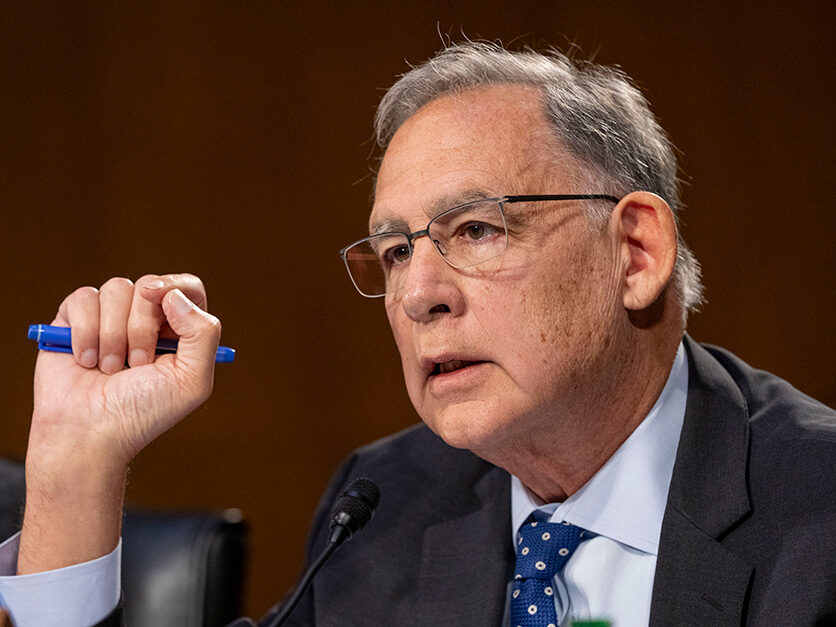Key Takeaways
- The national error rate for the Supplemental Nutrition Assistance Program (SNAP) fell to 10.93% in 2024 from 11.68% in 2023, yet remains above pre-pandemic levels.
- New proposals require states with high error rates to cover part of SNAP benefit costs for the first time, starting in fiscal year 2028.
- Critics of the cost-sharing measures argue that they could hinder SNAP administration and lead to reduced benefits for recipients.
Recent SNAP Error Rate Trends
The U.S. Department of Agriculture (USDA) has reported that the national error rate for the Supplemental Nutrition Assistance Program (SNAP) has decreased slightly to 10.93% in 2024, down from 11.68% in 2023, but it still exceeds the 2019 pre-pandemic level of 7.36%. This data comes amid ongoing congressional discussions surrounding SNAP reform, particularly regarding how states manage benefits and their associated error rates.
In the current Senate reconciliation proposal, states face new fiscal responsibilities based on their SNAP error rates. Specifically, states with error rates above 6% would be required to contribute towards SNAP benefit costs for the first time. The cost-sharing structure is tiered; states with rates between 6-8% will pay 5%, those between 8-10% will pay 10%, and states exceeding 10% will contribute 15%. States with error rates below 6% are exempt from these costs. Notably, Alaska and Hawaii, which reported some of the highest error rates in 2023, would not be required to meet the new obligations under the draft proposal released over the weekend.
All states would also be responsible for 75% of SNAP’s administrative costs starting in fiscal year 2027. The requirement to share in benefit costs is set to take effect in fiscal year 2028, although states can calculate their initial cost-share using either their 2025 or 2026 error rates.
In terms of specifics, the national overpayment rate decreased from 10.03% to 9.26%, while the underpayment rate experienced a slight uptick, rising from 1.64% to 1.67%. Alaska continues to lead the states with the highest error rate at 24.66%, a significant decrease from 60.37% the previous fiscal year. Hawaii also saw a reduction in its error rate, falling from 20.94% to 6.68%.
Data collection on SNAP error rates was disrupted during the COVID-19 pandemic, resulting in gaps for fiscal years 2020 and 2021. The USDA typically assesses error rates based on how accurately state administrators determine eligibility and payment amounts. States with consistently high error rates over two years are penalized financially, which can be invested back into improving SNAP administration.
In response to the latest SNAP error rates, Republican leaders from the House and Senate Agriculture committees expressed concerns, advocating for the proposed measures to improve accountability in SNAP. Senators John Boozman and Glenn Thompson emphasized the need for states to have “skin in the game,” suggesting that proper financial incentives will encourage better oversight and reduce improper payments.
Conversely, Democratic lawmakers and anti-hunger advocates argue that requiring states to share costs could negatively impact SNAP. They contend that the added financial burden on state budgets may impede efforts to enhance SNAP administration and delivery. Several Democratic governors have warned that the proposed measures, along with other cost-shifting initiatives, could force states to limit their SNAP offerings, ultimately harming vulnerable populations who rely on this assistance program.
The content above is a summary. For more details, see the source article.















